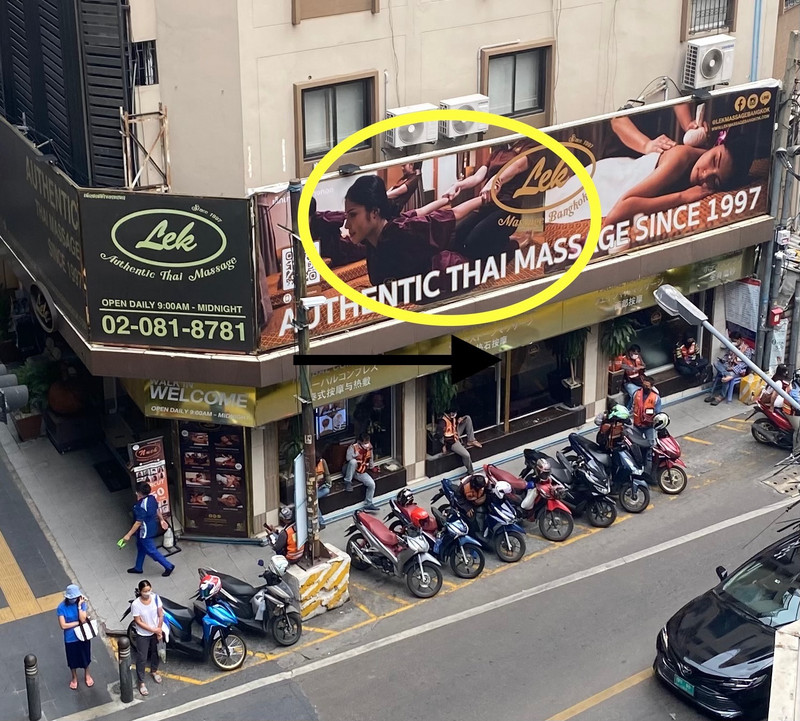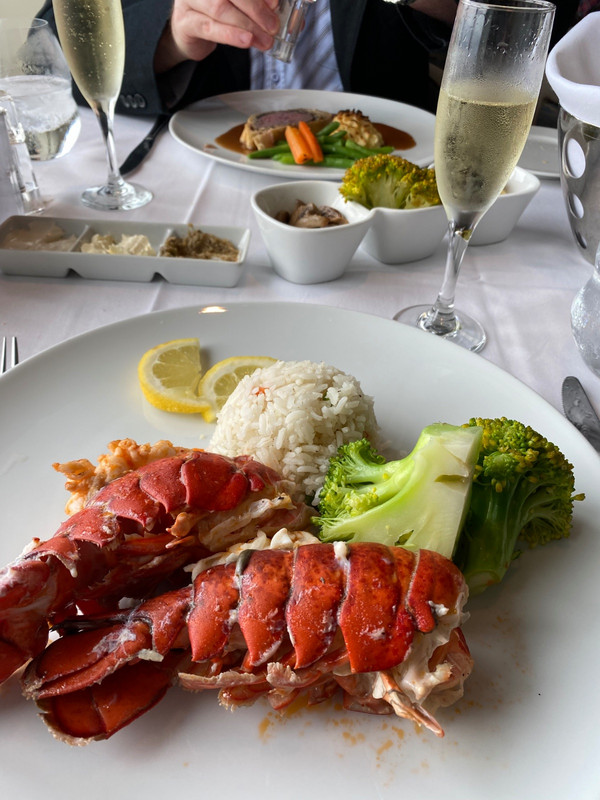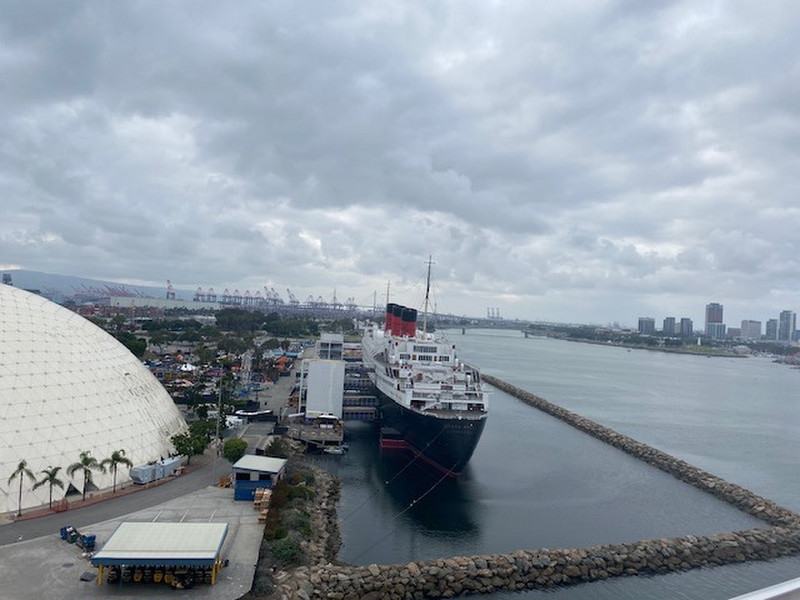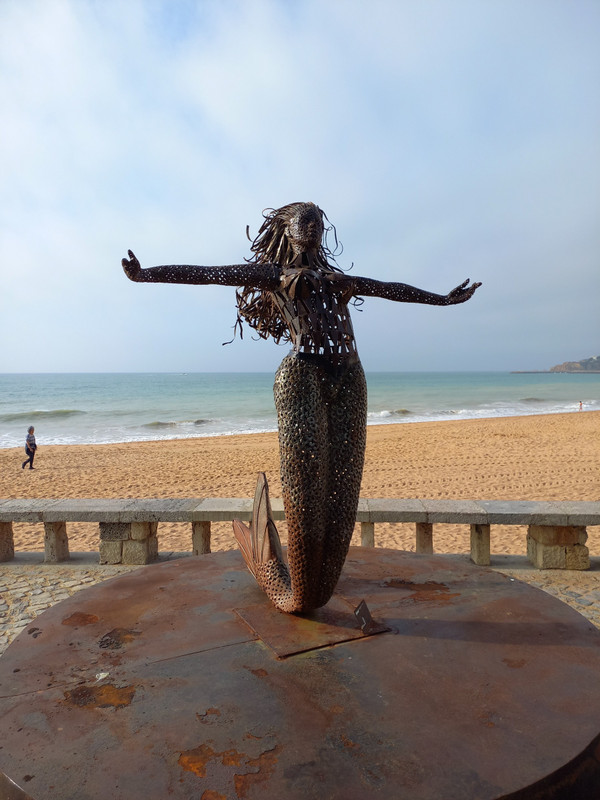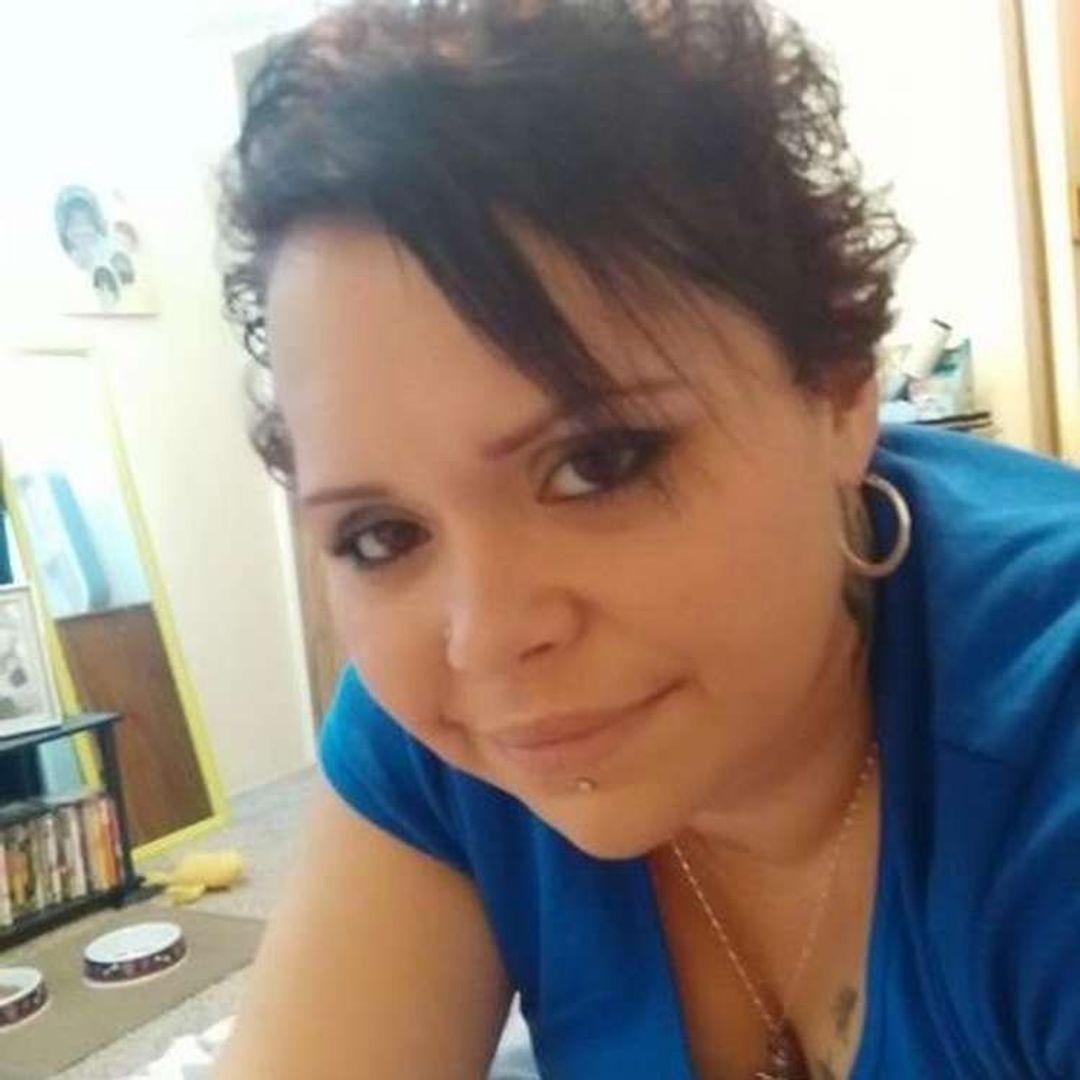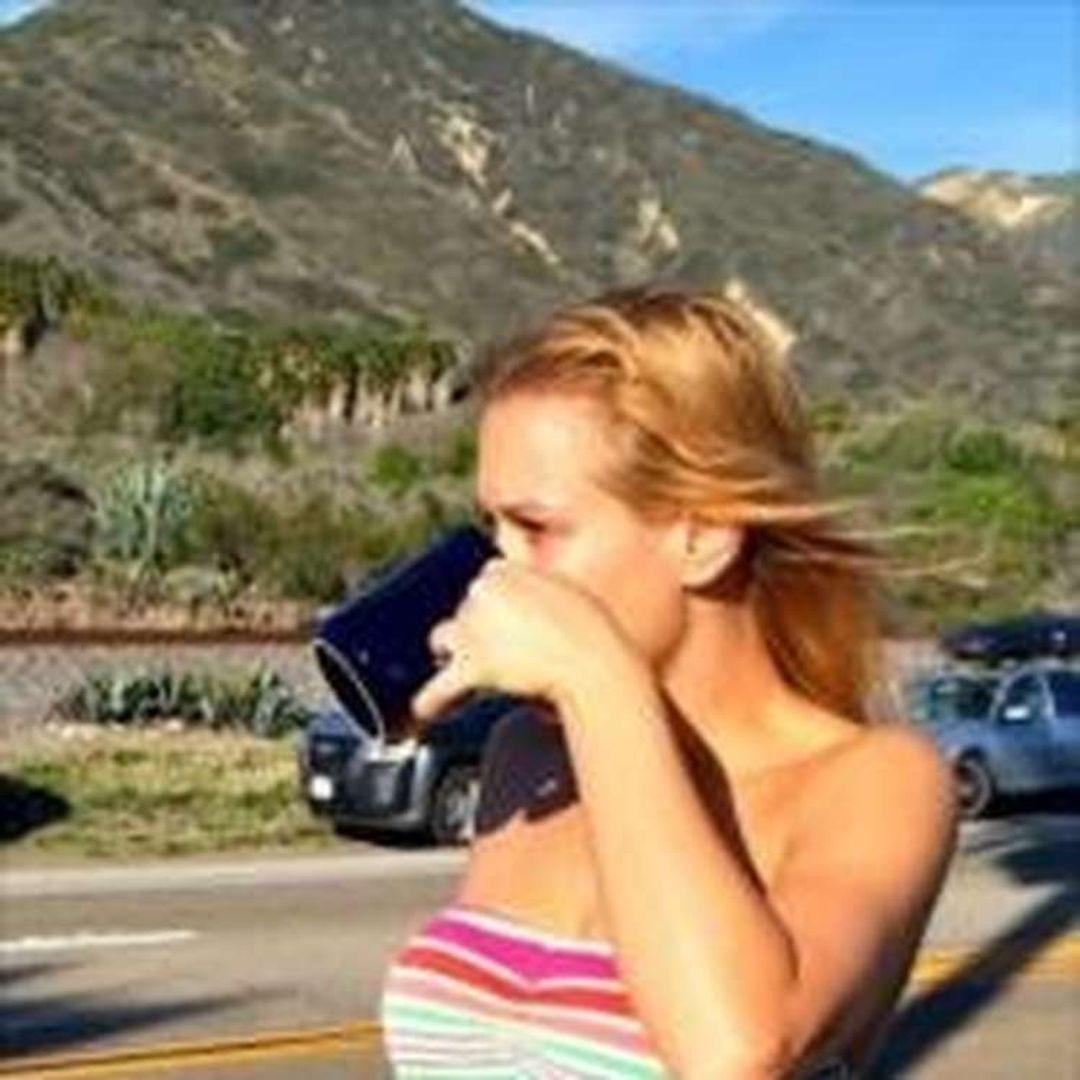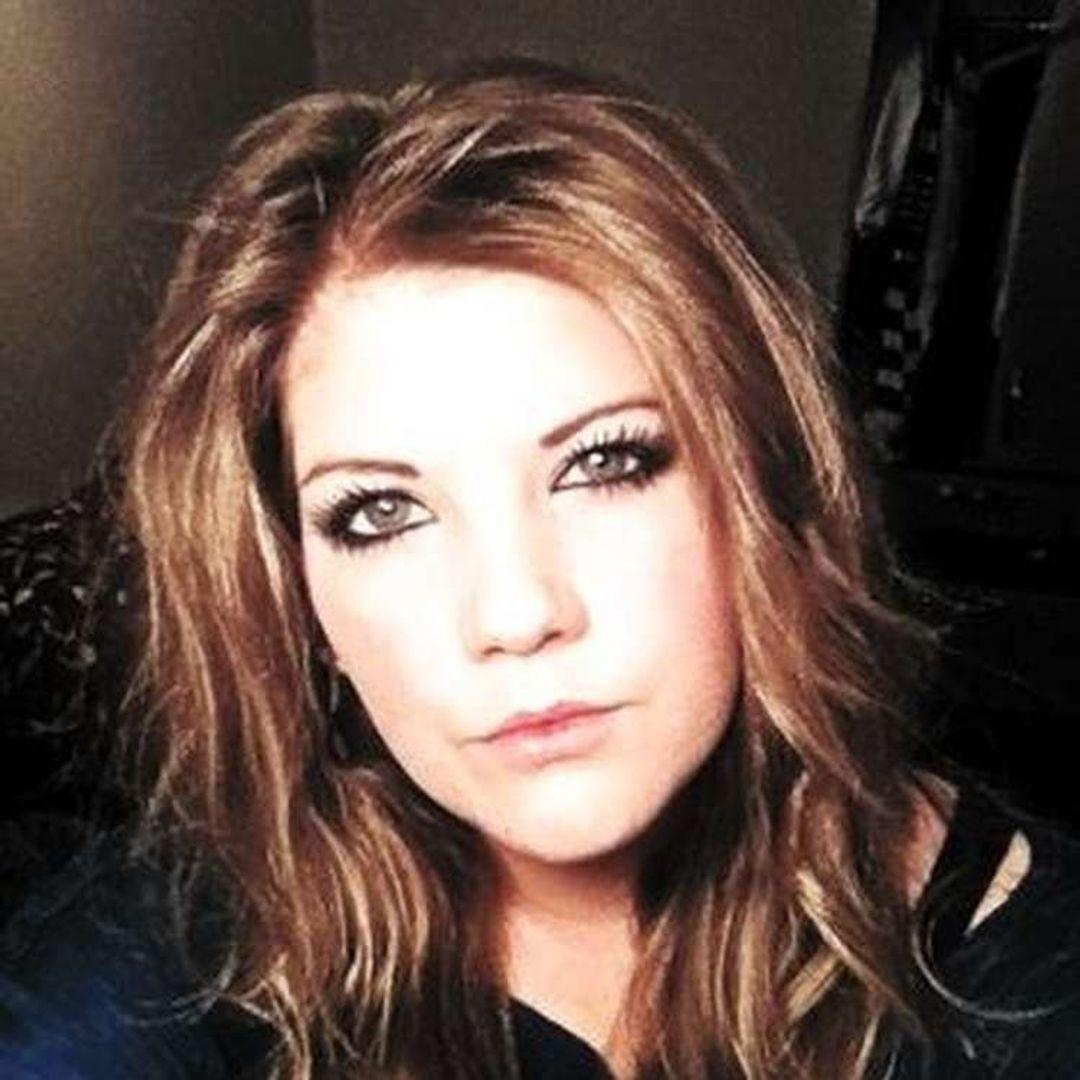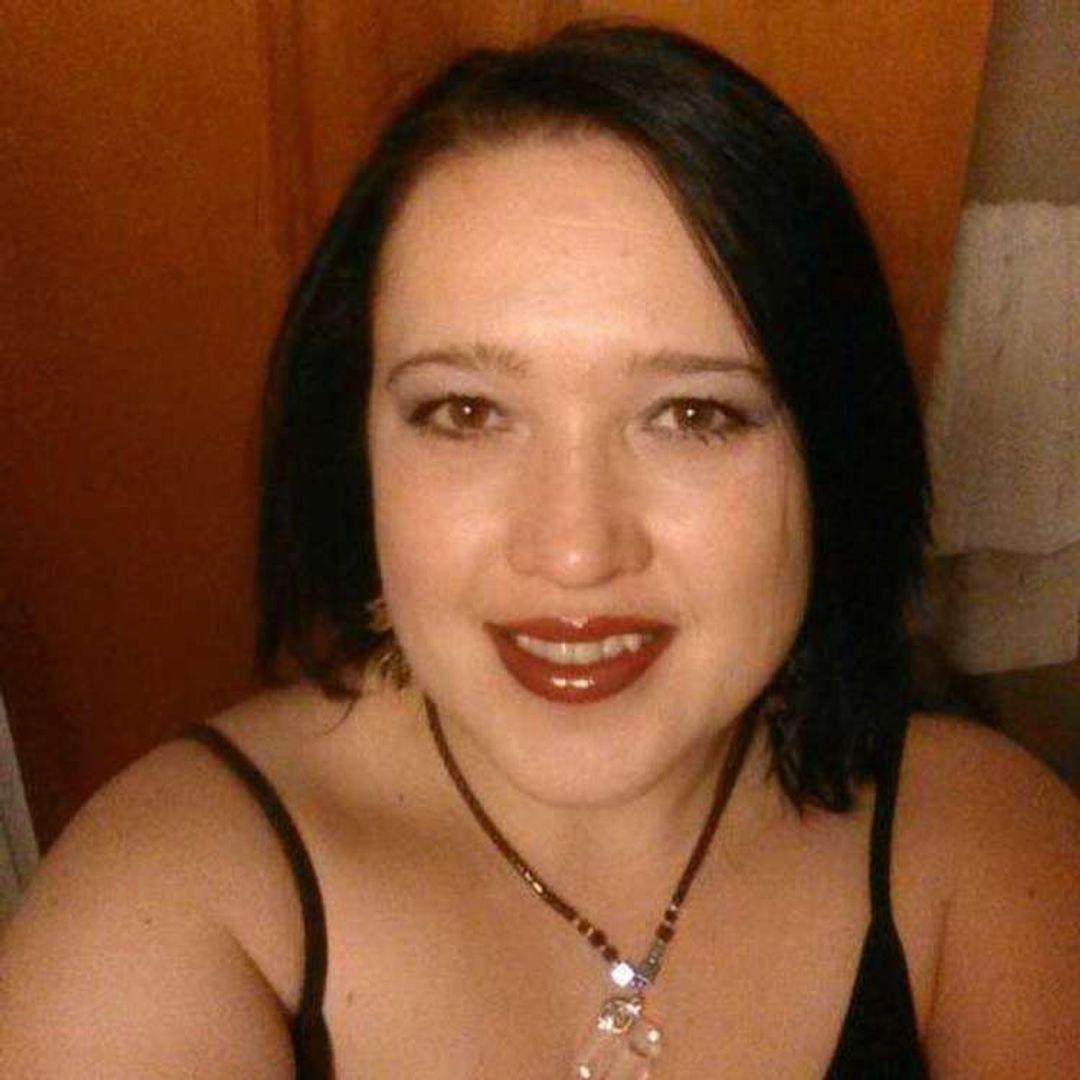As the door closes on the cacophony of the street, there is the sound of tinkling water and the smell of lemongrass. A smiling lady with kind eyes wais (bows) and hands me a thick menu. On the first several pages are soothing images of gold masks, aroma oil rubs, body scrubs, and head and foot massage packages. It isnt until page 4 that the human spatchcocking is finally pictured – suspiciously buried beneath all the smiles and the spa treatments. This is the only indication of what ‘traditional Thai massage entails. They dont warn you about whats coming.
It all starts innocently enough. They take your shoes, wash your feet with a green herbal exfoliant, and lead you into a dim room divided by heavy curtains into several smaller ‘rooms. In each, there is a basket for your clothes, a thin mattress on the floor, a pillow, and a pair of pajamas. After changing, you lay on the mattress listening to the soothing hum of the air conditioner and idly wonder about the bar running across the ceiling. Shortly thereafter, the masseuse pulls aside the heavy curtain, raises her hands to her forehead - palms
and fingers touching - and bows slightly. This is the wai khru, a prayer of thanks to the teacher, obeisance to the tradition, and a request for guidance. Then, without a word spoken, she begins. As she heel stomps my calves with both feet, I realize what the bar on the ceiling is for. When she bends my leg like a chicken wing, jams my knee under my chin, and drills her knee with all her weight into my hamstring, it occurs to me that I should have been praying as well. Since divine intervention does not seem to be perhaps it is time for tears.
Khun Wan is a stout woman with a vice like grip, ball peen hammer elbows and knees, and rebar fingers and forearms. Though we never exchange a word or even make eye contact, she seems intent on removing my muscles from the bones and rearranging my limbs into something like a cubist painting. Technically it all has something to do with balancing energy flow and removing obstructions, but details get lost when you are getting dismembered.
(maybe) physician of the Buddha. Since Thailand was historically a crossroads where people, practices, and ideas from China and India met and mixed, Thai massage has been informed by both Indian Ayurvedic practices and traditional Chinese medicine. These practices believe that the bodys vital energy, what the Thais call the wind of life, moves through the body along pathways called sen lines. By strategically bending, pulling, poking, prodding, squeezing, and stretching, a masseuse eliminates energy blockages, and gets things rebalanced and moving in the right direction.
Like all good ancient wisdom, the history of Thai massage is shrouded in mystery. Although a healthy shrouding boosts international sales, this was not savvy marketing. Rather, in the 1700s, the Burmese sacked Ayutthaya, the ancient capital of Siam (i.e., Thailand). Since sacking involves raping, razing, murdering, pillaging, and burning, it is decidedly bad for oral traditions. With Ayutthaya in ruins, the capitol was moved to Bangkok, and the new Grand Palace was constructed next to the dilapidated 7th century of Wat Pho (Wat just means temple). Under royal patronage, Wat Pho was rebuilt, renamed, and expanded. It eventually became home to a ridiculously gigantic reclining gold Buddha (15 meters tall,
46 meters long = 49 feet x 150 feet) and the largest collection of Buddhas in Thailand. It also became the repository for the accumulated knowledge of traditional Thai medical and massage. In parts of the temple not occupied by Buddhas, 60 marble plaques hanging on the walls depict the human body and the sen lines and acupuncture points associated with various ailments. These plaques, along with other murals and inscriptions in the temple, were originally both the archives and the ‘texts used to teach the art of Thai massage to new disciples.
